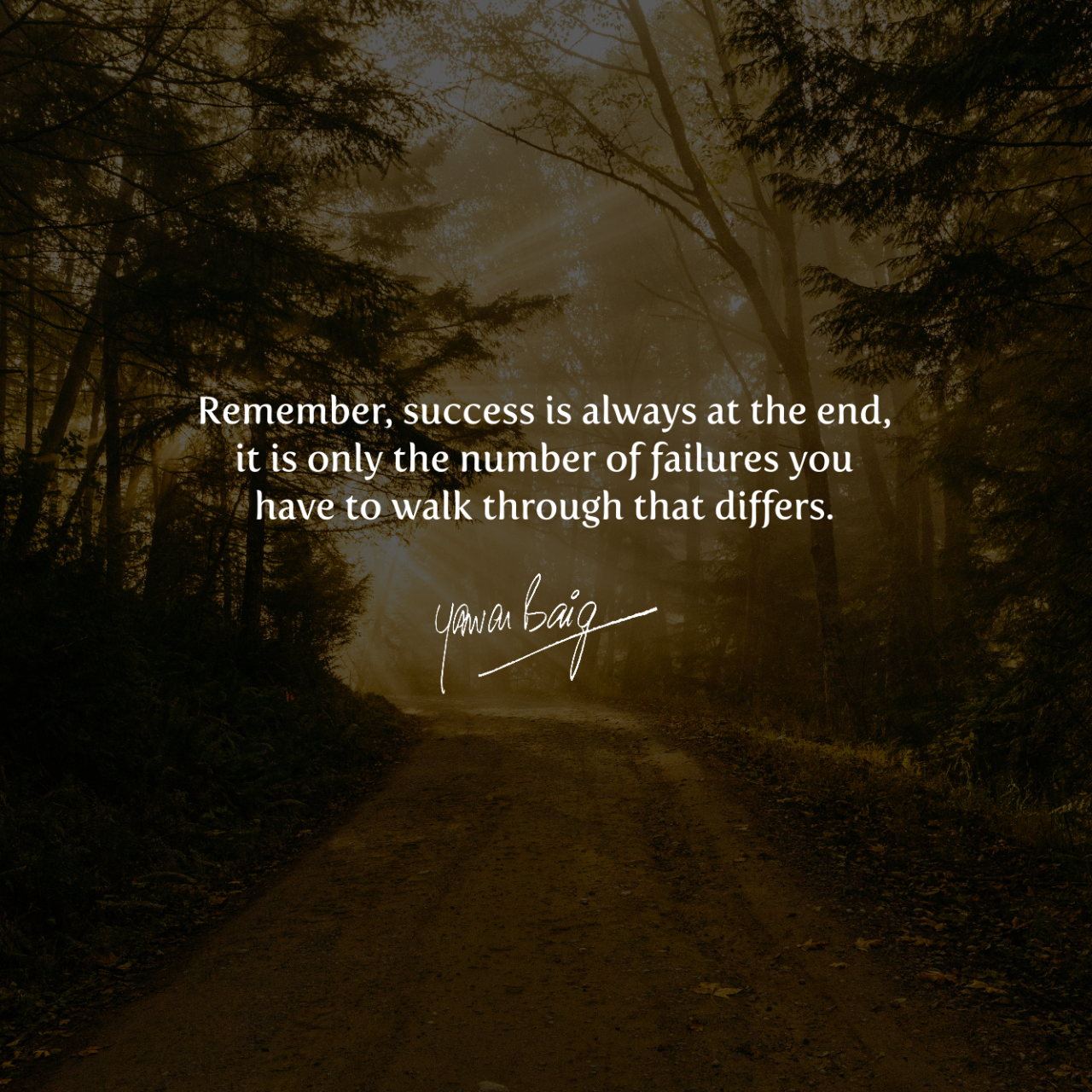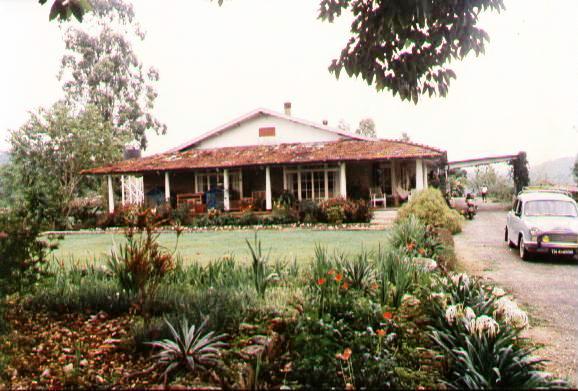
I was in the Anamallais, just married a few months and a lowly Assistant Manager in Lower Sheikalmudi Estate. My wife and I lived in the ‘haunted’ bungalow near the tennis court and I was busy trying to make a career and stand out in a fiercely competitive environment. I loved my life as a planter, which had all the requirements for heaven on earth as I conceptualized it. It was almost entirely outdoors. Walking up and down hills along forest boundaries with the certainty of seeing at least three or four species of mammals and countless birds, was not just possible but it was what I was being paid for. I can still hear the joyful cacophony of the birds, which I would hear every morning as I rode my bike or walked along the fire line that was the boundary between the tea and the forest. I know how to make sense of the sounds, to identify the sounds and distinguish the alarm call from the political argument. The political argument was of little interest to me, but the alarm call could mean the difference between being a spectator and a meal.

The Anamallais rain forest are home to tiger, leopard, bear, elephant, gaur, sambhar, barking deer, mouse deer, king cobra and many other snakes and langur and lion-tailed macaque. This is by no means an exhaustive list but one of some of the species that one could expect to encounter on a walk on any given day and all Sundays. The rain forest is too thick to walk through. Also, it is home to poisonous nettles called Anaimarti which if you rub against it in your foolish attempt to walk through the forest, creates an extremely painful reaction with swollen lymph nodes, high fever, violent rash and if you are very allergic to it and don’t get treatment, even death. Add to this the incidence of leeches in uncounted numbers whose presence on your body you only discover when you have emerged from the forest and step into the shower and wonder why the water is so red. That is the color of your blood as it flows freely from the number of leech bites you returned with. Leeches are hematologists and inject heparin into the small wound they make as they bite you. That ensures that your blood doesn’t clog and stop flowing. Then the leech attaches itself to the wound and simply fills up like a balloon with your blood. Once it is filled, it simply drops off. It you try to pull it out, it rips out and leaves its mouth parts in the wound to fester and give you grief for weeks after. When you live in these parts, you learn to share yourself with your neighbors. That is why it is said that tea is grown with sweat and blood.
In all this bounty, the thought that stayed with me was, ‘What will I do when I retire? Or even before that, if I should need to leave planting for any reason?’ This was because like any highly specialized career option, planting was only good for planting. Meaning that the direct skills are not transferable to other industries. To make matters worse, recruiters in other industries have no experience of planting and have no idea about the daily challenges that a planter faces. Recruiters of non-planting industries have a Tolly+Bollywood impression of the life of a planter. According to them, planters spend most of their time being waited upon hand and foot by an army of servants presided over by a butler and their main focus is a round of golf at 4.00 pm every afternoon followed by propping up the bar in the local plantation club. That is why there are very few success stories of planters making it big in other industries.
A planter, if he utilizes his time properly, is training to be a polymath. I don’t know of any other career which provides this opportunity. Except that even most planters are not aware of what the career has the potential to provide. The challenges a planter faces, unremarked and unknown to outsiders, range from handling labor conflicts which can sometimes escalate to life threatening levels, negotiating settlements, building bridges, both real and metaphoric, surveying and laying roads, taking care of the welfare of workers and their families, running schools, creches, hospitals, temples and stores; and in my case building a tea factory. Dealing with government officials, contractors, labor union leaders, politicians, teachers, doctors, tractors, machinery, trucks and elephants who decide that walking on top of your aluminum water pipeline and making it crack, is such an entertaining activity. All this ends up making a highly competent and versatile personality but sadly the ‘outside world’ has no clue. So, planters plant until they can plant no more and then retire to two-bedroom apartments in a city and live out the rest of their days dreaming of days gone by. I was very sure that I was not going to be a part of that.
I loved every minute of my life as a planter. I became very good at what I did. I acquired a reputation for being effective especially in high tension situations with troublesome labor. This was thanks to my conditioning by fire in Guyana, which is another story. But that came in very handy in the Anamallais. But I knew that this couldn’t last and that if I didn’t prepare myself, I would have no alternatives to fall back on. The big question was, what could I do while remaining in planting, both because I loved the job and because I needed it. I had to train myself for another career while doing a full-time job in this one, with no money to pay for the training. Quite an interesting problem, if you ask me.
It was then that I attended a training session in the Clarks Amer hotel in Jaipur. It was a two-week experiential learning session conducted by ISABS (Indian Society for Applied Behavioural Science) where you sat on the floor and learned to get in touch with your feelings, observe your own and others’ behavior, give and receive feedback. Why sit on the floor? Well, we are Indian, you see; so, we sit on the floor, even when we never do that in ‘real life’. That was an expression I learnt there and so deduct two weeks from my age as that was not ‘real life’. However, what opened my eyes was the value of leadership development and how this could become a very satisfying career. The challenge for me was two-fold. There were (and are) no formal courses which one can take to qualify as a leadership trainer. And location wise, I was sitting in the hills while all the action in this line was happening in the cities. What I did and how I did it is another story. But for now, I want to talk about a very important lesson that I learnt; the real meaning of opportunity.

Commitment is the line you cross between wanting and doing. Unfortunately, most people never actually cross the line. They argue that they did not have the opportunity. This may be true in some cases, but in most it is commitment that they did not have; the opportunity was always there.
The reason why many people don’t seem to get enough commitment to accomplish large goals is rooted in two causes:
- Lack of clarity about the benefits at the end.
2. Impatience – giving up midway due to lack of immediate results
Clarity about the end
It is in the nature of extraordinary goals to inspire extraordinary effort. Nobody rises to low expectations; people rise to high expectations. It is essential that the final result is visualized clearly and is as real as possible to the person who sets out to accomplish it. The more desirable the final result, the more people will be willing to take the inevitable drudgery and the mundane, which is a major and essential part of all endeavors. It is the promise of great reward that drives the soul when the body has passed the boundaries of exhaustion. It is the expectation of that which is dearest to the heart that holds the hand when the night is dark and cold, and you are alone.
I became most aware of the power of the extraordinary goal when I was in Vietnam, fifteen feet underground crawling through the tunnels where the Vietnamese fought the Americans. I was doing the tourist routine in Cu-Chi where the tunnels are, wondering what it must have been to experience the real thing. The Vietnamese Tourism Authorities have widened one of the tunnels slightly and strung a couple of light bulbs so that it is not pitch dark. The tunnel is just about hundred meters long. You go down through a trap door at the bottom of which the tunnel begins. You have to lie flat on your belly and crawl. Does wonders for your clothes. Then at the end of the tunnel you come out into the pit at the bottom of the other trap door and climb out. And of course, you don’t meet a snake coming the other way, nor are there bombs falling overhead. I was drenched in sweat to the extent that my shirt was soaking wet. There were two-hundred-and-fifty miles of these tunnels at three levels. They had hospitals, ammunition dumps, sleeping quarters, eating quarters, meeting rooms, and even burial rooms. They were cold and dark and damp. And overhead flew the American B52 bombers whose instructions were to drop all they had after every bombing sortie in this area. The Americans tried everything from flooding, gassing, chemicals, and napalm.
Yet the Vietnamese fought back, often using discarded ammunition, booby traps made from empty Coke cans, nails, spring steel, fire ants, scorpions and snakes. Talk about invention and ingenuity. Talk about a very nasty way to die. Do that tour and then see the Vietnam War Museum in Ho Chi Minh City (Saigon) and you will learn the meaning of determination and resilience. Read about these in the books that are for sale there. Read also about the Tunnel Rats – American, Canadian, and Australian soldiers who volunteered to go into the tunnels and fight the Vietnamese, working alone. Makes you wonder what motivates such people. Irrespective of what one may think about the justification of the Vietnam War, one can only admire the courage of the soldier who chose to go into a tunnel, often with nothing more than a knife or a hand gun. The tunnels were built for the small, wiry Vietnamese, not for big Americans. So, it was the small, short ones from the American Army who volunteered. Amazing stories of some very brave people on both sides.
What kept the Vietnamese going? The same thing that kept Nelson Mandela and Ahmed Kathrada alive and mentally healthy for eighteen years on Robben Island. The same thing that drives the freedom fighters of today wherever they may be; the drive for freedom.
Freedom is a very powerful goal. A very basic and intense need of the human being. It is something for which a person will sacrifice anything. That is what those who seek to enslave forget; the fact that paradoxically, enslavement strengthens the desire to be free. The more you try to enslave, the more people want to be free. And in the end, the slave masters always lose. It is the thought of freedom that kept the Vietnamese fighters alive and striving for their goal for twenty years. Thousands of them died and never saw the goal fulfilled, but in the end, it was their sacrifice that ensured that the most powerful nations in the world had to retreat.
Giving up midway
Have you ever seen a traditional weighing scale in a shop in India selling food grains? There is an extremely important life lesson to be learnt from this. The next time you go to buy rice or some other grain, notice what the seller does.
First, he puts the weight measure in one pan. Say twenty kilos. Then he uses a scoop and starts to put rice into the other pan. As the pan fills, even when he has put nineteen kilos in it, what change do you see? Nothing.
There is no change in the situation. The pan with the weight remains firmly on the counter top and the pan with the rice remains in the air. However, the man does not stop putting the rice into the pan. He continues to do that until he sees a small movement in the pans as the pan with the rice starts to descend. Once that happens and the pans are almost level, the man changes his method of putting in the grain. Now instead of the scoop, he uses his hand. He takes a handful of rice and very gently he drops a few grains at a time into the pan. And then lo and behold, the pan with the rice descends to the counter top and the pan with the weight rises in the air.
When I saw this, I learnt two essential lessons in life, both equally true:
Lesson # 1: Up to nineteen kilos, nothing will happen.
Lesson # 2: At 20 kilos, the pan will tip.
Believing in the ‘impossible’
Finally, if there is one thing that my life has taught me, it is the truth of the fact that nobody knows the best that they can do. This of course does not mean that you act with all passion and no planning. Passion is the key. Then comes the hard work of planning, scheduling, monitoring, measuring, taking feedback, course correction, and the final results. This is where the gap is created and enthusiasm fizzles out. However, if you plan well and make a good road map with milestones, then it helps to keep the passion alive. More importantly it helps to keep the passion kindled in the hearts of your followers.
Any great enterprise needs people. People who you can share your vision with, people who resonate to your tune, people who can hear the drumbeat to which you are marching. This is the biggest challenge that any leader faces. How do you make others dream your dream? Like most things in life, this also involves a paradox. On the one hand, as I have said earlier, the goal must be big enough to make it worth the effort. But a big goal is scary, and it can scare away a lot of people. On the other hand, if you water it down, then it will attract the wrong kind of people and fail to arouse the interest of those who can potentially share your dream. So, the goal must be big and exciting, even scary. Then it must be reduced into steps on a plan that will convince people that it can be accomplished. It is possible that you may end up with a plan that does not completely add up and leaves some room for a leap of faith but remember that if the gap looks like the Grand Canyon, it is unlikely that you will find any takers for your vision. There can be a gap, but the gap must be reasonably feasible. This is the beauty of a real stretch goal. It is big enough to excite and energize, yet not so big that it scares people away into not trying at all.
A good plan with graded steps plays the role of bringing the stars within reach. It also indicates that enough thought-share has happened in the genesis of the plan. Potential supporters look for this consciously or unconsciously. For example, when venture capitalists are listening to a business plan, more than looking at the numbers, they look to see if there is enough passion behind the idea, if enough due diligence has been done, and if enough alternatives have been generated and answered.
Generating alternatives is all about thinking outside the box in terms of what you do. Of using your creativity to approach problems from a different angle, which often opens doors that you did not imagine, existed. Taking advantage of opportunities is therefore more about commitment than about some unique, inspirational idea.

For more, please see my book, ‘It’s my Life’.